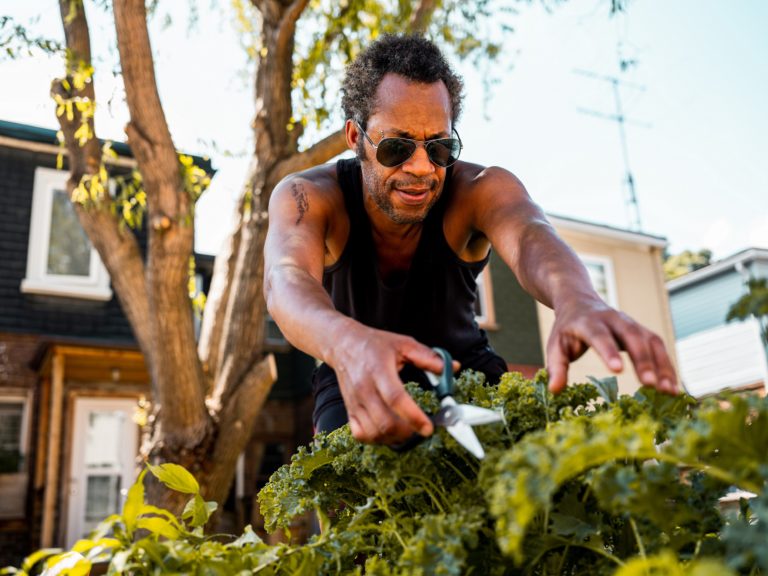How to Avoid Heat Stroke
June 10, 2021

As temperatures rise, so does people’s risk for suffering a heat-related illness.
Heat stroke and heat exhaustion are all too common in the summer, so it is important to understand the differences between them.
Learn more about the signs of heat stroke and how to stay cool this season.
What Is Heat Stroke?
Heat stroke occurs when the body overheats, generally due to physical exertion in high temps or prolonged exposure to the sun. Heat stroke is the most serious type of heat injury and usually occurs during the summer.
Emergency treatment is needed when a person develops heat stroke as it can cause damage to the brain, heart, muscles, and kidneys. Delaying treatment can lead to serious health complications.
People are at a much greater risk of heat stroke if they are dehydrated or have been consuming alcohol. Certain medications and health conditions may also cause some people to become more susceptible to heat stroke.
Heat Stroke vs Heat Exhaustion
Both heat stroke and heat exhaustion may occur during periods of warm weather, significant outdoor activity and dehydration. However, there are a few important differences between the two conditions.
Common signs of heat exhaustion only include:
- Cold, pale skin
- Muscle cramps
- Fast, weak pulse
- Body temp below 103° F
Treating heat exhaustion is different from treating heat stroke. If you are experiencing only the above symptoms, you’ll want to sip water, find air conditioning, and put cool clothes on.
Signs of Heat Stroke
Heat stroke is more severe than heat exhaustion, which it is why it is important to prevent any exhaustion from escalating. Be sure to look out for heat stroke symptoms including:
- Red, hot, dry, damp skin
- Body temp 103° F or higher
- Dizziness
- Altered behavior or mental state
- A fast, strong pulse
- Confusion
- Nausea or vomiting
- Fainting
Heat Stroke Treatment
It is important to seek immediate medical help for a person who may have heat stroke. It is also important to lower the person’s the core temperature right away to avoid potential damage to vital organs.
While waiting for emergency personnel to arrive, it is crucial to follow these steps:
- Moving a person into the shade or indoors
- Removing extra clothing
- Attempting to cool the person with wet towels, ice packs or cool water
- Not giving them anything to drink
How You Can Avoid Heat Stroke
It is possible to reduce your risk of suffering heat stroke. Here are a few things you can do:
- Drink plenty of water and wait until the cooler parts of the day to exercise or perform rigorous activities.
- Take breaks often when engaged in outdoor activities.
- Consume even more fluids on warmer days or when busy outdoors and avoid drinks that can result in dehydration, such as coffee, tea, alcohol, or soda.
If you or someone you know has suffered from heat stroke, visit an urgent care center near you.
